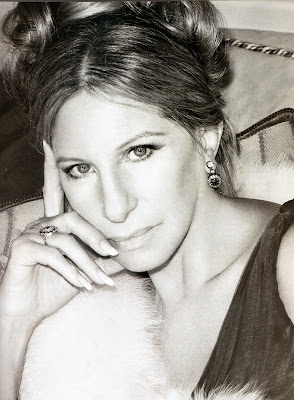Romantic Naturalism and The McQueen Effect

“I have always loved the mechanics of nature and to a greater or
lesser extent my work is always informed by that.”
—Alexander McQueen
Alexander McQueen:
Savage Beauty, at the Metropolitan Museum of Art in New York has now
closed. With a total of 661,509 visitors, it's the most visited fashion
exhibition in the museum’s history.
McQueen’s runway shows were well known for their sense
of Victorian theatrical drama with sets that included birdcages, butterflies,
feathered wings and antlers. The exhibition, under the direction of curator,
Andrew Bolton, successfully captured this spirit of Gothic splendor with its
combination of horror and romance.
Nature was the greatest, or at least the most enduring, influence
upon McQueen. It was also a central theme, if not the central theme
of nineteenth century Romanticism.
Many artists of the Romantic Movement presented nature itself as a
work of art. McQueen both shared and promoted this view in his collections,
which often included fashions that took their forms and raw materials from the
natural world. For McQueen, as it was for the Romantics, nature was also a focus
for ideas and concepts. That is most clearly reflected in Plato’s Atlantis ( spring/summer
2010), the last fully realized runway collection the designer presented before
his death in February 2010.
I was recently asked to give an opinion about future
trends in visual display/retail and I think we need look no further than this
seminal event.
During the Victorian Era, taxidermy was a favorite form of
decoration. London-based Alex Randall is
a supremely talented lighting designer who creates environmental displays for a
variety of clients including hoteliers and retailers. She began incorporating
taxidermy into her work in 2008.
Her first piece was created for London retailer, Ted Baker. For retailers looking for something a little less
"authentic", Sydney-based Anna-Wili
Highfield uses cotton paper and copper pipe to create
sculptures of birds in flight and other animals. She has used them to great
effect in the windows of Hermés.
Another Australian, paper engineer, Benja Harney, has also
created wonderful window displays for them too.
Finally, if by chance you should be seeking a live mannequin for
your windows, look no further than Daphne Guinness, erstwhile friend and muse
to McQueen. Daphne chose to dress for the Met Ball this year in celebration of
the late designer in the windows of Barneys wearing one of his feathered
creations.










Comments
Post a Comment